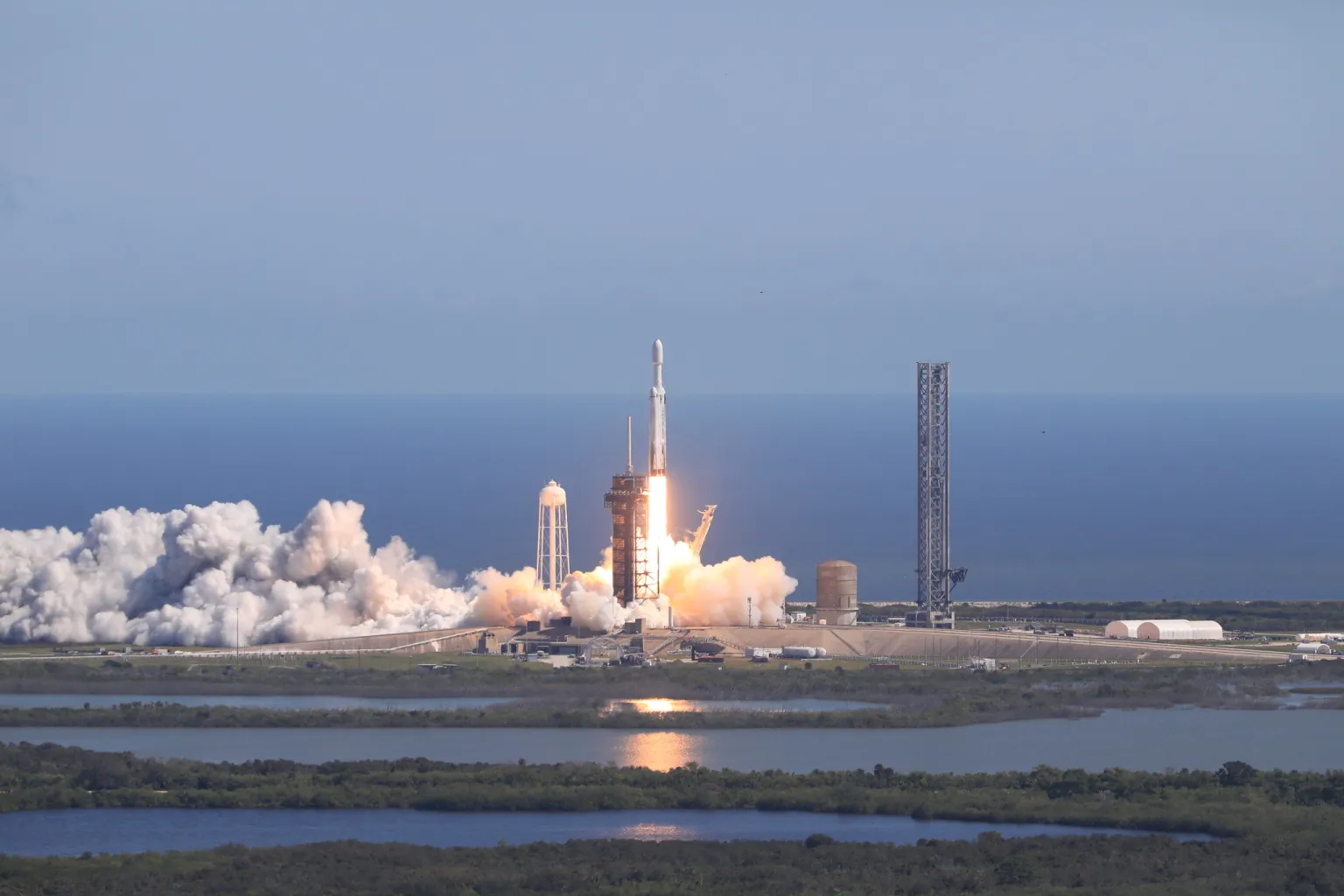NASA’s Europa Clipper spacecraft lifted off atop a SpaceX Falcon Heavy rocket from Kennedy Space Center in Florida, US, on October 14, 2024, at 12:06 local time (16:06 GMT). The launch was previously scheduled for October 10 but was delayed as Hurricane Michael hit the Florida coast.
The Europa Clipper spacecraft will now travel 1.8 billion miles to reach Jupiter by 2030 and search for potential signs of life beneath the icy crust of Jupiter’s Icy moon Europa.
The Europa Clipper mission is equipped with high-tech modern instruments to study Europa’s icy ocean and search for potential signs of life. Europa’s icy ocean is twice as large as Earth’s oceans, making it a potential hotspot for extraterrestrial life. The spacecraft will not directly orbit the Europa but will orbit Jupiter, carrying out multiple flybys of the Europa.
The $5 billion spacecraft will deeply analyze Europa’s icy surface and its saltwater ocean. The spacecraft will also pass through the gaseous water plumes similar to those of the Enceladus Jupiter’s moon. The water plumes from Enceladus were first captured by the Cassini spacecraft in 2005. These water plumes will not only be cool to watch, but studying them could provide us with some data on what’s going on beneath the icy surface of Europa.



